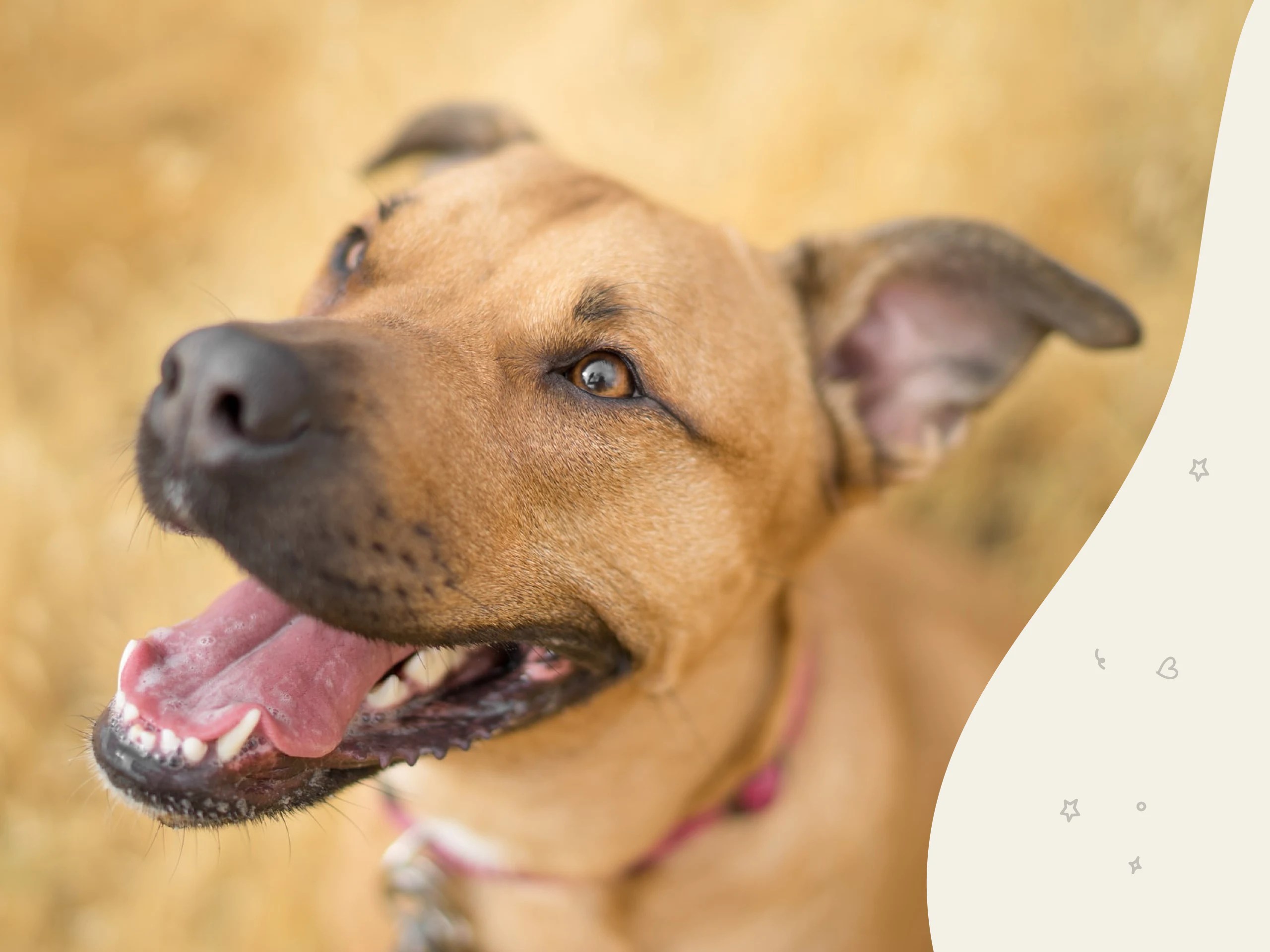 4kwallpapers.com
4kwallpapers.com Setting the Foundation: Preparing for Training. Choose a Quiet Training Area: Select a distraction-free environment where your dog can focus on you. Gather Your Supplies: You'll need high-value treats (small, tasty, and easily consumable), a leash, a collar or harness, and optionally, a clicker. Establish a Routine: Short, frequent training sessions (5-10 minutes, multiple times a day) are more effective than long, infrequent ones. Understand Your Dog's Learning Style: Observe what motivates your dog. Are they highly food-driven, or do they respond more to praise and toys?
Step 1: Sit. Lure with a Treat: Hold a treat in front of your dog's nose. Move the Treat Up and Back: Slowly move the treat upwards and slightly back over their head. As your dog follows the treat, their rear should naturally lower into a sit. Say the Word "Sit": As their rear touches the ground, say the word "Sit" clearly and calmly. Reward Immediately: Give the treat and praise enthusiastically. Repeat: Practice this several times a day. Gradually fade the lure by making the hand motion without the treat, rewarding only when they perform the action after hearing the command.
Step 2: Stay. Begin with "Sit": Have your dog sit. Introduce the "Stay" Command: Say "Stay" in a clear and firm voice while holding your hand up, palm facing your dog. Start with Short Durations: Initially, only expect your dog to stay for a second or two. Reward and Gradually Increase Duration: If they stay, reward immediately. Gradually increase the amount of time they need to stay before receiving a reward. Increase Distance: Once your dog reliably stays for a short duration, slowly increase the distance between you and your dog while they are in the stay position. End on a Positive Note: Always end the stay command by releasing them with a word like "Okay" or "Free" and giving them praise.
Step 3: Come. Use a Happy Tone: Say your dog's name followed by "Come" in an enthusiastic and encouraging tone. Use a Leash Initially: Start with your dog on a leash. Gently tug the leash towards you as you say "Come." Reward Immediately: When your dog comes to you, give them a high-value treat and lots of praise. Practice Off-Leash: Once your dog reliably comes on-leash, practice off-leash in a safe, enclosed area. Make Coming Rewarding: Always make coming to you a positive experience. Avoid using "Come" to scold your dog.
Step 4: Down. Lure with a Treat: Hold a treat in front of your dog's nose. Move the Treat to the Ground: Slowly move the treat down towards the ground between their front paws. Say the Word "Down": As they lower their body to follow the treat, say the word "Down" clearly and calmly. Reward Immediately: Once they are in a down position, give them the treat and praise enthusiastically. Shape the Behavior: If your dog doesn't immediately lie down, reward any progress towards the down position, such as lowering their head or bending their front legs.
Troubleshooting Common Training Challenges. Consistency is Key: Ensure everyone in your household uses the same commands and training methods. Dealing with Distractions: Gradually introduce distractions into your training sessions once your dog has mastered the basics in a quiet environment. Patience is Essential: Some dogs learn faster than others. Don't get discouraged if your dog doesn't pick up a command immediately. Seek Professional Help: If you're struggling with specific training challenges, consider consulting a certified professional dog trainer in Houston.
Conclusion: Building a Stronger Bond Through Training. By consistently applying these step-by-step training methods and focusing on positive reinforcement, you can effectively teach your dog foundational obedience commands. Remember that training is an ongoing process, and continuing to practice and reinforce these commands will strengthen the bond between you and your furry friend, making for a well-behaved and happy companion. Consider enrolling in advanced training classes or exploring dog sports like agility to further enhance your dog's skills and provide them with mental stimulation.
Golden Retriever Wallpaper 4k, Scottish Breed Dog, Pet Dog, 5k
 4kwallpapers.com
4kwallpapers.com American Molossus Dog Breed Information & Characteristics
 dogtime.com
dogtime.com Mountain Cur Dog Breed Profile
 www.fetchpet.com
www.fetchpet.com

0 komentar:
Posting Komentar